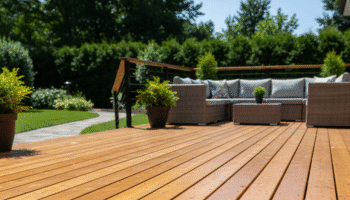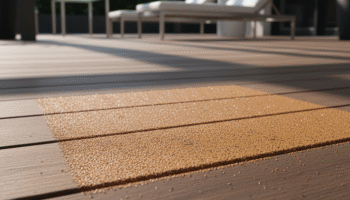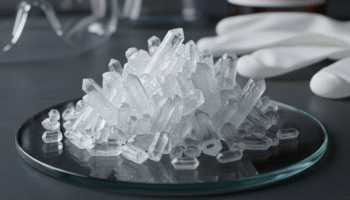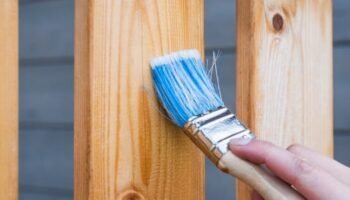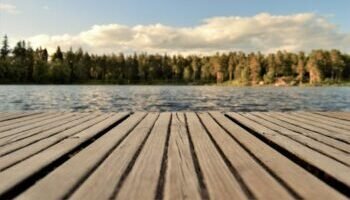Maintenance Schedule Complete Year-Round Guide
Homeowners love cedar’s warm, natural look—but cedar is unforgiving if you skip routine care. The line between “looks fine” and “needs an $8K–$15K repair” can be just 6–12 months once moisture sneaks behind the siding. In my experience after 12+ years maintaining cedar in every climate, the fastest path to five-figure replacement is skipping bi-annual inspections and delaying fall sealing. This guide gives you a realistic, calendar-driven cedar siding maintenance schedule—complete with ideal and minimum-essential routines—so you can keep your siding beautiful for 20–40 years.
Why Cedar Siding Requires Consistent Maintenance
Natural Wood Properties & Vulnerabilities
Cedar is a dimensionally stable softwood rich in tannins, but it’s still organic and porous. UV exposure breaks down lignin, turning the surface gray and fuzzed. End grain and horizontal joints wick water via capillary action; once wet, cedar swells, stresses fasteners, and opens hairline gaps where wind-driven rain and meltwater intrude. Poor ventilation, clogged gutters, and vegetation against walls trap moisture and feed mildew. In my experience, the single biggest “silent” risk is the unsealed cut edge—so treat every fresh cut and penetrations (vents, fixtures) immediately.
Cost of Neglect: Rot & Replacement Scenarios
Neglect compounds. Unsealed checks become splits; splits admit water; wet sheathing rots; paint or stain peels prematurely; insects follow. By the time you notice spongy boards or persistent stains, you’re looking at board replacement, flashing repairs, and sometimes sheathing remediation—easily $8K–$15K on average-sized homes. I’ve seen “one missed year” after a harsh winter create a spring rot surprise that required emergency scaffolding and partial wall rebuilds.
Expected Lifespan: 20–40 Years (With Proper Care)
With consistent cleaning, timely caulk/paint/stain touch-ups, and a full re-stain/re-seal every 2–3 years, cedar siding commonly lasts decades. Skip those cycles and life expectancy plummets. A simple water-bead test every spring (spritz the surface: if water doesn’t bead, it’s time to re-seal) is your low-tech early-warning system.
Your Ideal vs. Minimum-Essential Cedar Care Schedule
Ideal World (Best-Practice):
- Bi-annual inspections (spring and fall) + deep clean twice/year.
- Re-stain/re-seal every 2–3 years (more often in coastal/humid or high-UV zones).
- Monthly 15-minute walk-around for early problem detection.
Minimum Essential (Busy Homeowner):
- Spring: Clean + treat mildew; spot-caulk and touch-up finish.
- Fall: Inspection + re-seal if the water-bead test fails; prep for winter.
- After any major storm: Quick check of gutters, bottoms of boards, and north/east walls.
Spring Maintenance Checklist (March–May)
Post-Winter Damage Inspection
- Look for lifted caulk lines at trim/siding joints, popped nails, and split boards near roof edges and decks.
- Check ice-dam zones (eaves, valleys). In my winter thaw inspections, this is where hidden water lines start.
- Probe suspect areas lightly with an awl—soft wood indicates early rot.
Cleaning Cedar After Winter Moisture
- Rinse with a garden hose, then clean with a cedar-safe cleaner (non-bleach, wood-specific).
- Use a soft-bristle brush; keep pressure-washer PSI low and wand moving if you must use one.
- Rinse thoroughly to remove cleaner residue that can interfere with stain adhesion.
Checking for Mold & Mildew Growth
- Target shaded/north walls and beneath window sills.
- Treat black/green spotting with wood-safe mildewcide per label; rinse well.
- If growth returns quickly, improve airflow (prune shrubs) and check drainage.
Caulk & Paint Touch-Ups
- Use high-quality, paintable elastomeric caulk at all vertical joints and trim intersections.
- Spot-prime bare wood; touch up stain/paint to reseal the surface.
- Seal all new fastener heads and any cut ends immediately.
Summer Maintenance Tasks (June–August)
UV Damage Assessment
- Faded color, raised grain, and dry, chalky look = UV breakdown.
- Do the water-bead test on sun-exposed walls; if water darkens the wood, plan a late-summer or fall re-seal.
Pest Inspection (Termites & Carpenter Bees)
- Check for sawdust piles and 3/8-inch round holes (carpenter bees); look for mud tubes (termites).
- Treat promptly and fill holes with exterior wood filler; spot-prime and finish.
- In my field rounds, I schedule pest checks mid-July when activity peaks.
Vegetation Management
- Keep plants, mulch, and sprinklers 6–12 inches away from siding.
- Redirect irrigation; wetting the wall daily is a fast track to mildew and finish failure.
Deep Cleaning Protocol
- Perform the second thorough clean of the year.
- For stubborn weathering, consider wood brightener (oxalic-based) before re-staining.
Fall Winterization Prep (September–November)
Final Inspection Before Cold Weather
- Prioritize roof-to-wall flashing, ledger boards, and lower courses near grade.
- Confirm gutter alignment and downspout extensions; standing water kills cedar finishes.
Applying Protective Coatings
- This is the make-or-break season. In my experience, waiting for spring is the #1 mistake.
- Use a high-quality, UV-resistant, penetrating stain (semi-transparent or solid, per aesthetic and existing system).
- Follow manufacturer dry-time windows; apply in stable 50–80°F conditions.
Gutter Cleaning & Drainage Check
- Clean gutters and valleys; flush downspouts.
- Ensure splash blocks or extensions carry water 6+ feet from the foundation.
Sealing Cracks & Gaps
- Re-caulk any opened joints; seal checks that collect water.
- Back-prime replacement boards and seal all six sides when possible.
Winter Monitoring (December–February)
Snow & Ice Management
- Safely remove heavy snow banks from lower courses; prevent ice buildup along eaves.
- Avoid chipping at ice on the siding; address the source (attic ventilation/insulation).
Moisture Control
- Watch for persistent icicles—often a sign of heat loss and ice-dam risk.
- Keep foundation plantings trimmed; snow piled against walls accelerates moisture uptake.
Visual Inspections During Thaws
- During mid-winter thaws, do a 10-minute walk-around. I’ve caught early staining this way long before spring.
- Check for brown drip lines and fresh splits.
Emergency Repairs
- Temporary flashing tape or exterior-grade sealant can bridge a split until proper spring work.
Annual Tasks: Once-Per-Year Essentials
Complete Re-Staining/Re-Sealing (Every 2–3 Years)
- Expect 2–3 year intervals in temperate zones; 1–2 years in coastal/humid or high-UV areas.
- Test small sections for adhesion if switching finish types.
- Keep a finish log: date, product, color, weather—this saves guesswork later.
Professional Inspection
- Hire a pro yearly if you have two-story elevations, complex flashing, or prior moisture history.
- A moisture meter reading on suspect walls is inexpensive insurance.
Hardware & Fastener Check
- Replace corroded fasteners with stainless or hot-dipped galvanized.
- Re-set proud nails/screws to avoid water tracking along shanks.
Bi-Annual Tasks: Twice-Yearly Maintenance
Thorough Cleaning Routine
- Two deep cleans (spring/fall) dramatically extend finish life.
- Rinse landscaping afterward to avoid cleaner spotting.
Trim & Vegetation Pruning
- Maintain clearance around corners, hose bibs, AC lines, and meter penetrations.
- In my routes, I schedule pruning right after the fall clean so winter airflow improves.
Monthly Quick Checks (Year-Round)
15-Minute Visual Walk-Around
- Start at the shady/north side; move clockwise.
- Scan bottoms of boards, window/door trim, and penetrations.
What to Look For Each Month
- Fresh stains after rain, lifted caulk edges, small splits, insect frass, clogged splash blocks, and any area where water drips consistently.
- Snap a photo diary—patterns over months tell the story.
Cedar Siding Maintenance by Climate Zone
Coastal/Humid Climates

- Cleaning: Twice yearly minimum; salt spray accelerates weathering.
- Sealing: Expect annual touch-ups and 1–2 year full re-seal intervals.
- Mold/Mildew: Choose finishes with mildewcide; improve airflow aggressively.
Dry/Desert Climates
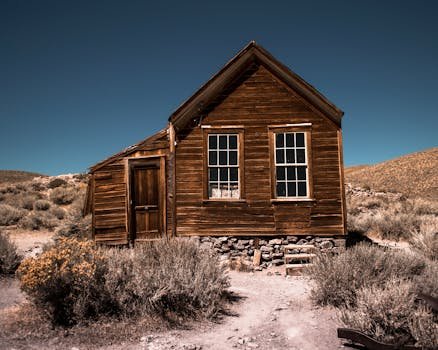
- UV: Primary threat; inspect south/west walls quarterly.
- Sealing: Film finishes can crack; penetrating oils often perform better with UV blockers.
- Irrigation: Prevent overspray; it creates localized rot in an otherwise arid zone.
Cold/Snowy Regions
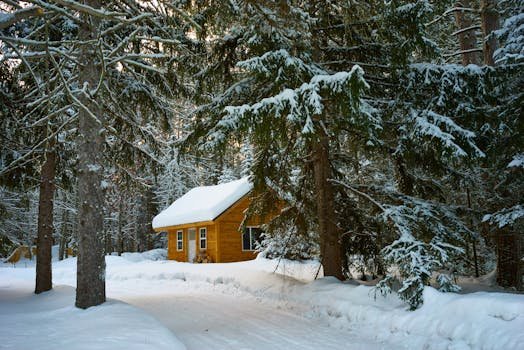
- Ice Dams: Watch eaves and dormers; ensure attic ventilation and insulation are balanced.
- Snow Load: Keep snow from resting against lower courses.
- Re-Seal: Fall application is critical to survive freeze-thaw cycles.
Temperate Zones
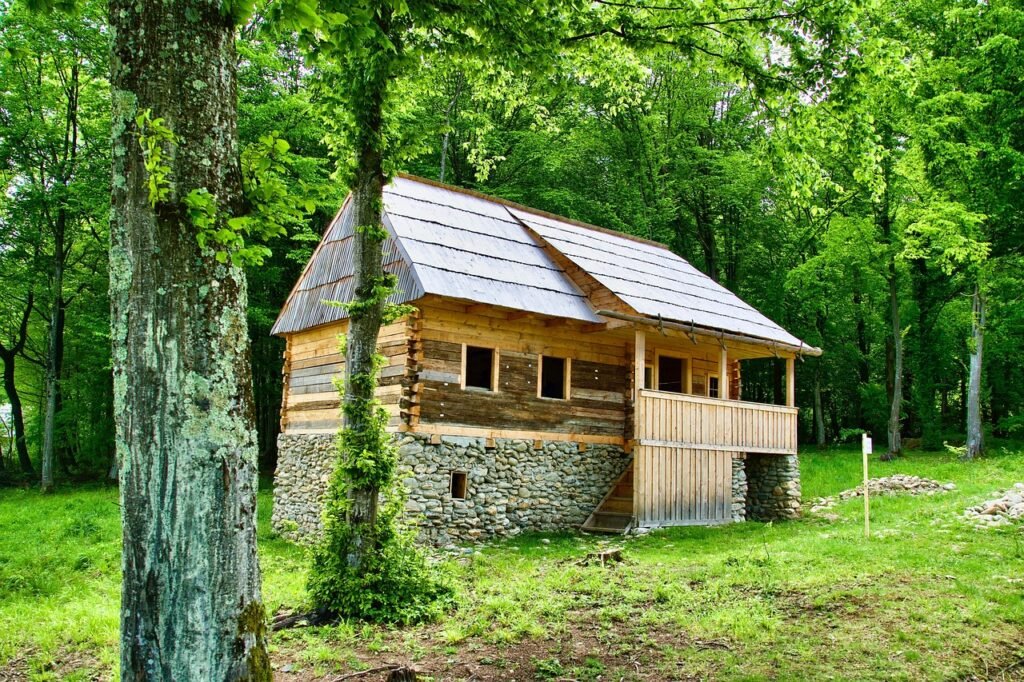
- Balanced Approach: Spring/fall deep cleans, 2–3 year re-seal, monthly checks.
- Vegetation: Growth spurts create surprise moisture traps—prune proactively.
Common Cedar Siding Problems & Solutions
Graying & Weathering
- Cause: UV degradation of lignin; surface turns gray/fuzzy.
- Fix: Clean → brightener → re-stain with UV-resistant finish.
- Prevention: Maintain finish cycles; monitor sun-blasted elevations.
Splitting & Cracking
- Cause: Repeated wet/dry and freeze-thaw; unsealed end grain.
- Fix: Fill minor checks; replace severe splits; always seal cuts.
- Pro tip: In my crews, we pre-seal end grain before install or replacement—it’s a game changer.
Water Stains & Discoloration
- Cause: Gutter overflow, sprinklers, iron in water.
- Fix: Correct the source; clean and spot-finish; install kick-out flashing where needed.
Insect Damage
- Cause: Carpenter bees/ants; sometimes termites in damp areas.
- Fix: Treat and plug holes; monitor for re-entry; maintain dry conditions.
Maintenance Cost Breakdown & Budgeting
- DIY Cleaning Supplies: $40–$120 per session (two sessions = $80–$240/year).
- Pro Wash (cedar-safe): $250–$600 per visit depending on home size/height.
- Full Re-Stain/Re-Seal:
- DIY materials: $300–$900 (average home), every 2–3 years.
- Professional: $2–$4 per sq ft typical; more for stripping/complexity.
- Minor Repairs (per year, average): $150–$600 for a few boards/caulk/trim.
- Annual Cedar Siding Maintenance Cost Estimate 2025:
- DIY-leaning: ~$250–$700/year averaged over a 3-year cycle.
- Pro-leaning: ~$800–$1,800/year averaged over a 3-year cycle.
Build a sinking fund now; fixing early beats replacing later.
DIY vs. Professional Maintenance: What to Outsource
DIY-Friendly: Routine cleaning, vegetation control, spot caulking, small touch-ups, basic monthly inspections.
Call a Pro For: Second-story work, ice-dam damage, widespread finish failure, suspected sheathing rot, pest infestations, or when switching finish systems (e.g., oil → water-borne). In my experience, a $250–$400 professional inspection that includes moisture readings can save thousands by catching hidden issues.
Print-Friendly Checklists
Seasonal Quick Checklist
- Spring: Inspect → Clean → Treat mildew → Caulk/Touch-up
- Summer: UV & pest check → Deep clean → Manage irrigation/vegetation
- Fall: Full inspection → Re-seal if needed → Gutters/Drainage → Seal gaps
- Winter: Snow/ice control → Thaw walk-arounds → Temporary fixes if required
Monthly 15-Minute Walk-Around
- Stains after rain, lifted caulk, fresh splits, insect signs, gutter/splash issues.
FAQs
How often should I clean and restain cedar siding?
Clean twice a year in most climates (spring/fall). Plan a full re-stain/re-seal every 2–3 years (annually or bi-annually in coastal/humid or high-UV zones).
What’s the best time to re-seal?
Fall, before freeze-thaw. Waiting for spring is a common (and costly) mistake.
What products should I use?
A cedar-safe cleaner, oxalic-based brightener (if grayed), and a high-quality, UV-resistant, penetrating stain compatible with your current finish.
Can I pressure-wash cedar?
Gently, at low PSI with a wide fan tip and constant motion. Excessive pressure raises grain and strips finish unevenly.
How do climate zones change the schedule?
Humid/coastal = more cleaning and shorter re-seal intervals; desert/high UV = watch sun-facing walls; cold/snowy = ice-dam vigilance and mandatory fall sealing.
Cedar rewards consistency. If you follow the seasonal tasks, perform bi-annual inspections, and never skip fall sealing, you’ll avoid the steep costs of rot and replacement. In my casework, the homes that looked “effortless” were the ones following this exact calendar—simple, predictable steps done on time.
Keep your cedar-siding calendar in sync with deck maintenance to avoid clashing labor windows by following the Exterior Wood Care Guide, and—when your deck shares exposure or drainage—mirror the cadence in the Deck Care Encyclopedia. For spring/fall washdowns on cedar, the right chemistry matters: Deck Cleaning Solutions.
Cedar siding maintenance fits naturally into the yearly checklist from the Exterior Wood Care Guide, while preventing metal-based discoloration is explained in Nail & Screw Staining on Wood.
When Wood Restoration Makes Financial Sense
For real estate investors evaluating properties with damaged wood foundations, the decision between restoration and replacement directly impacts acquisition pricing and profit margins. Wood damage in pier-and-beam foundations, floor joists, and structural beams creates acquisition opportunities when retail buyers overestimate repair costs and walk away. However, investors must calculate total economic impact—not just material costs—to determine maximum allowable offer.
Restoration techniques like epoxy consolidation and sister beam reinforcement typically cost 40-60% less than full replacement, but they must be evaluated within the broader context of property investment economics. Foundation repairs create cascading costs beyond the contractor invoice: extended holding periods, consequential interior repairs, and buyer perception at resale. For comprehensive frameworks on foundation repair cost analysis for investment properties, including ROI calculations and investor-grade repair strategies, review detailed guidance on when restoration methods maximize returns versus when full replacement is justified by holding period and exit strategy.
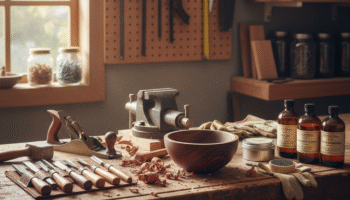
Pressure-Treated Lumber Care
When to Stain & What Products Work If you just built a brand-new green deck…
Non-Slip Deck Coatings
Grip Additives vs Textured Stains vs Strips Safety-first, solution-oriented guide to stop slip-and-fall accidents on…
Deck Cleaning Solutions
Oxalic Acid vs. Sodium Percarbonate Mini-plan (what you’ll get): Layman-friendly chemistry so you pick the…
Teak Outdoor Furniture Care
Teak Outdoor Furniture Care: Oil, Seal, or Leave Natural? If you’ve invested $3,000+ in a…
Best Wood Fence Stain
Penetrating vs Film-Forming, Real-World Tests, and the Longest-Lasting Picks If you’re choosing the best wood…

